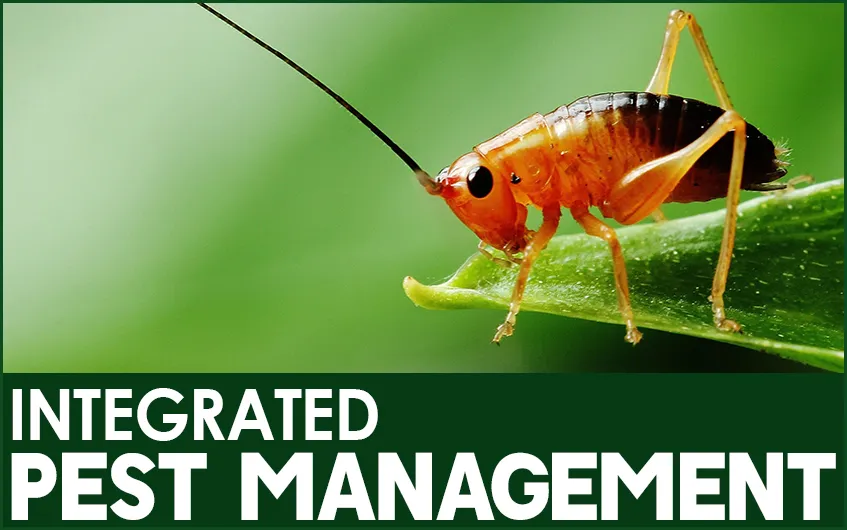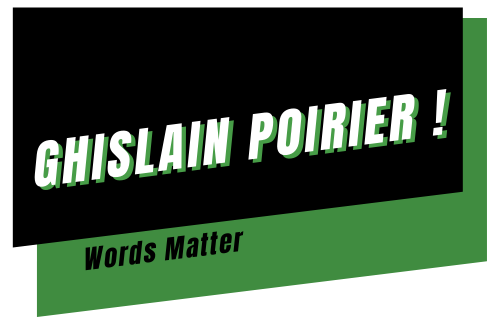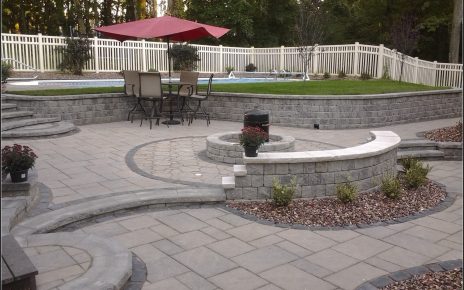Integrated Pest Management or IPM is an environmentally sensitive and preventive approach that takes corrective actions for keeping the pests away, so they don’t cause any problem. IPM is a dynamic or flexible approach that changes according to the prevailing situation. The past records of the IPM at https://www.midwaypestmanagement.com/ also show a significant reduction in the risk related to pesticides and an improvement in the health and welfare of society.

How do IPM programs work?
The approach IPM is used for pest control and includes pest management decisions, evaluations, and controls. Generally, the IPM approach follows four basic approaches:
Prevention
In the first step, the IPM focuses on preventing an indoor space, lawn, and crop from pests so that it doesn’t harm the surroundings. For agriculture purposes, it uses various methods such as planting pest-free rootstock, selecting the pest-resistant variety, and rotating different crops as you can visit at its website https://www.midwaypestmanagement.com/. The methods used by IPM are usually cost-efficient and effective and ensure a little or no risk to the environment or people.
Set action thresholds
Before taking any action, Integrated Press Management first identifies a point where environmental conditions and pest populations require action to be taken. Sighting doesn’t always mean that it always requires action. For example, at the level where the IPM finds pest an economic threat, they instantly take action against it.
Monitor and identify pests
Having weeds, insects, or another living organism in your field doesn’t mean it requires pests control action. There are some organisms that are naturally present in the environment and don’t cause any harm, while there are many organisms that are beneficial for us. The main work of IPM is to identify and monitor each organism carefully and take appropriate decisions to control it. The identification and monitoring process removes the chances of using unnecessary pesticides where it doesn’t need or the usage of the wrong type of pesticides.

Control
After identification, monitoring, and action threshold, if the IPM finds the requirement of pest control, when they find that preventive actions are not making any difference, at that level, the program finds the best method that has minimum risk and is effective for the particular condition. At first, it focuses on using the less risky and effective method that includes highly effective chemicals such as mechanical control like weeding or trapping or pheromones for controlling pest mating. After these methods, if they are inefficient for the prevailing condition, other pest control methods are employed, including spraying of pesticides. Sometimes, there arises a situation that requires spraying of non-specific pesticides.
We know how IPM works with these steps, but do the growers use IPM? Many agricultural landlords first identify the type of pests before using the spray. Generally, the small growers prefer to use less risky pesticides at the initial stage. The IPM continuum includes all these agricultural growers, as one can visit https://www.midwaypestmanagement.com/ and check how the program works. The main objective is to help these growers remove the unwanted pests by using appropriate techniques of IPM.



